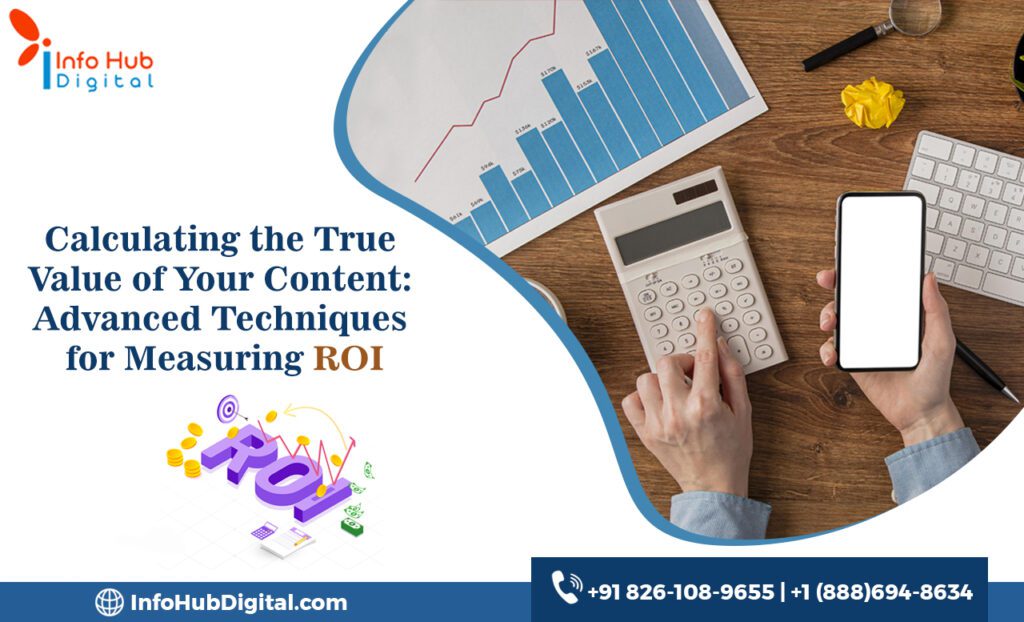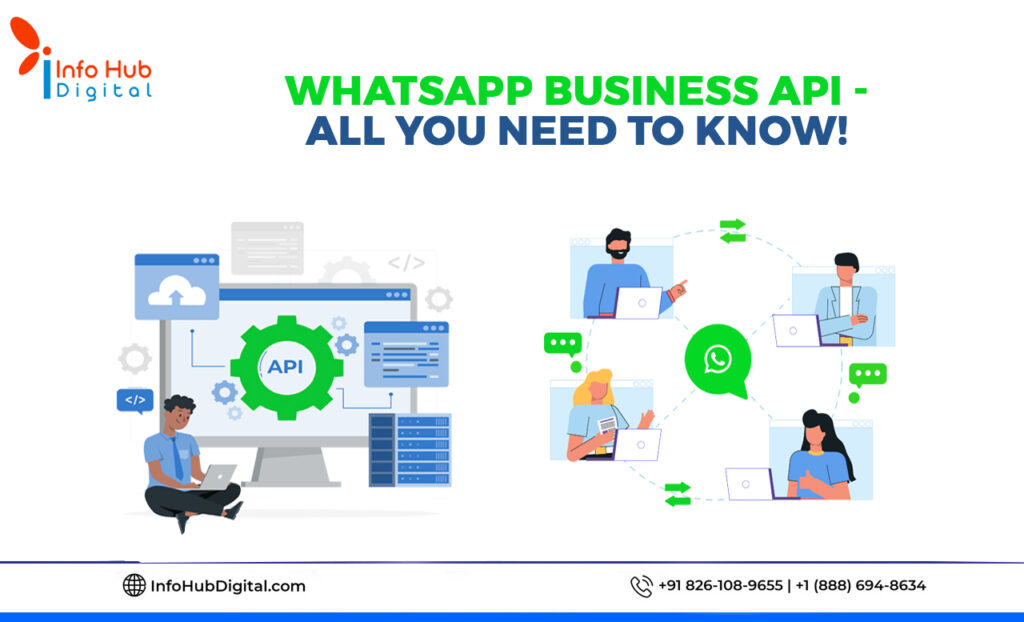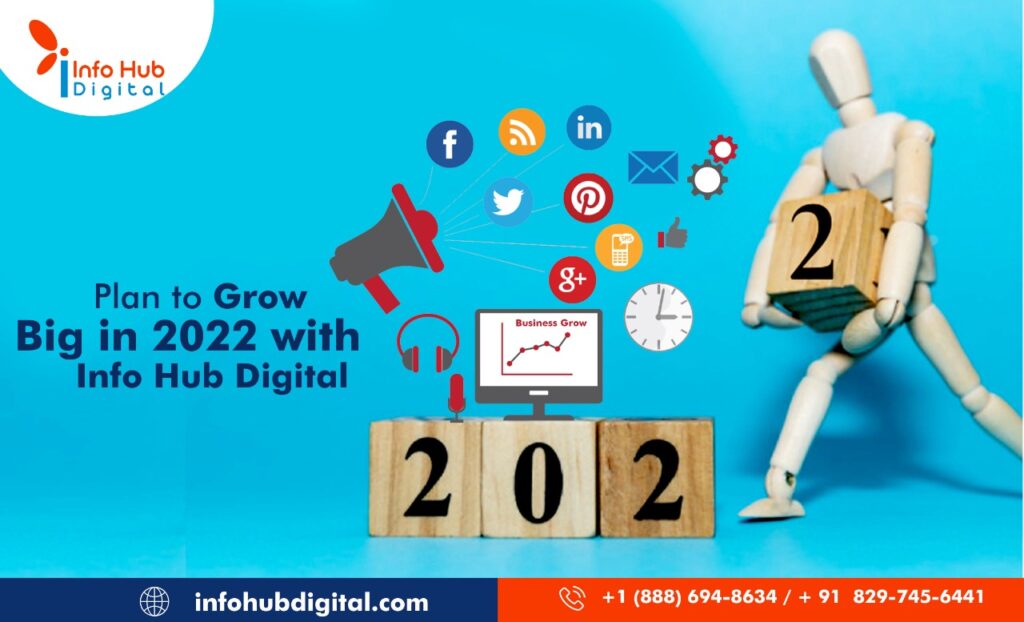Amidst the digital cosmos where every pixel carries a story, content shines as a beacon for businesses. But amidst the flood of information, understanding the real value of content can seem like solving a puzzle from ancient times. It’s more than just looking at numbers; it’s about finding the true worth of content. To navigate this complexity, advanced methods for measuring ROI act as a guide. These techniques offer valuable insights needed to steer content strategies towards success. Let’s set sail on this journey and explore how to evaluate the impact of content in simpler terms:
Table of Contents
Attribution Modeling:
Instead of solely crediting the last interaction before conversion, attribution modeling distributes value across various touchpoints. Utilizing models like linear, time decay, or algorithmic, it assigns proportional credit to each interaction, providing a more holistic view of content impact.
Customer Lifetime Value (CLV):
Incorporating CLV into content ROI analysis extends the evaluation timeline. By forecasting the long-term revenue generated from acquired customers due to specific content engagements, businesses gauge the enduring impact and profitability of their content efforts.
Sentiment Analysis:
Quantifying qualitative data through sentiment analysis offers valuable insights. By assessing audience emotions expressed in comments, reviews, or social media interactions related to specific content, businesses gauge its resonance and emotional impact, shaping brand perception and loyalty.
Engagement Cohorts:
Segmenting audiences based on engagement behaviors allows for targeted analysis. By comparing the conversion rates, retention, and CLV of different cohorts exposed to distinct content strategies, businesses discern which approaches effectively resonate with specific audience segments.
Cost-Per-Action (CPA):
Moving beyond traditional Cost-Per-Click (CPC) or Cost-Per-Impression (CPM), CPA focuses on desired actions like sign-ups or purchases. Calculating the cost incurred per desired action attributed to content initiatives provides a direct measure of its effectiveness in driving meaningful outcomes.
Content Amplification Efficiency:
Evaluating the efficiency of content distribution channels reveals opportunities for optimization. Analyzing metrics such as cost per engagement or conversion across various channels enables businesses to allocate resources effectively and amplify content impact.
Multi-Touch Attribution (MTA):
Acknowledging the complexity of modern customer journeys, MTA assigns credit to all touchpoints influencing conversion. By accounting for both online and offline interactions, it offers a comprehensive understanding of content’s role throughout the customer decision-making process.
Predictive Analytics:
Leveraging historical data and machine learning algorithms, predictive analytics forecast future content performance. By identifying patterns and correlations between content attributes and outcomes, businesses optimize content strategies for maximum ROI.
Conclusion:
While traditional metrics provide surface-level insights, advanced techniques delve deeper into the multifaceted realm of content ROI. By adopting a sophisticated approach encompassing attribution modeling, sentiment analysis, and predictive analytics, businesses unlock a comprehensive understanding of content impact, guiding strategic decisions and maximizing returns in the ever-evolving digital landscape. As you navigate through these options, consider partnering with Info Hub Digital, the best content generation service provider in India and US. With our expertise and tailored solutions, we can help your business achieve greater visibility, engagement, and conversion rates in the competitive digital landscape. Let us guide you towards digital success!







